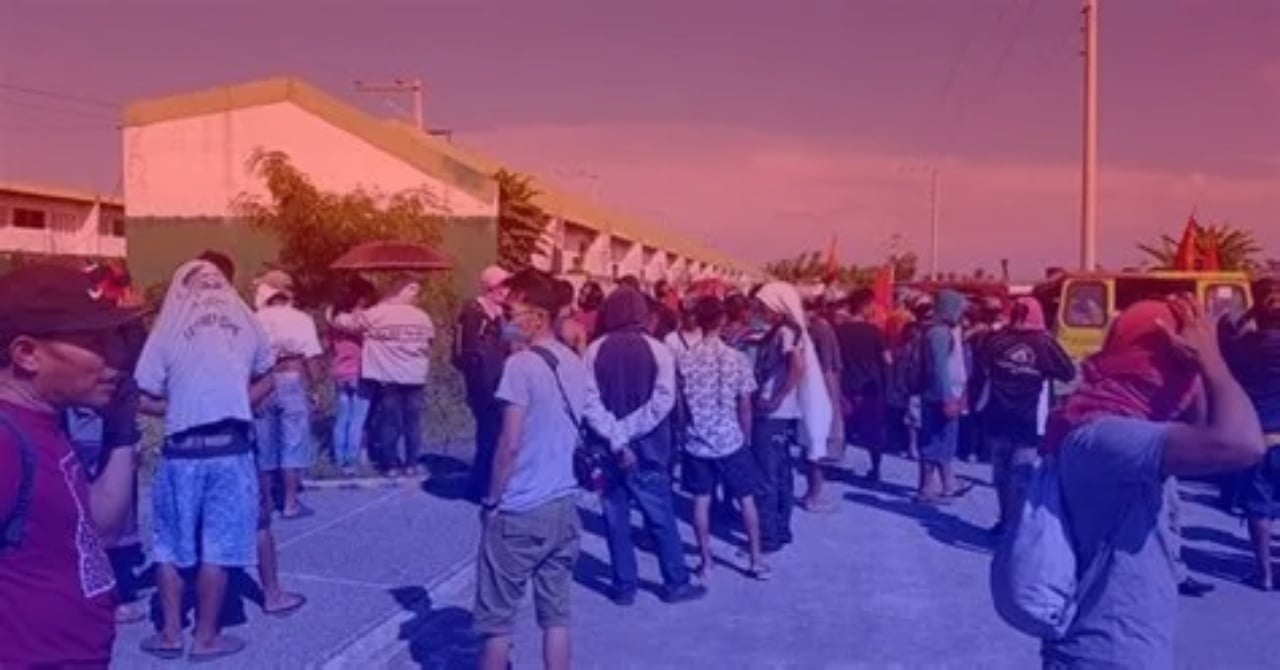For thousands of low-income families living in makeshift homes, alleyways, and informal settlements, owning a piece of land seems impossible. But through the Community Mortgage Program (CMP), the government offers a practical, people-led solution that allows entire communities to transition from insecurity to ownership—one step at a time.

What Is the Community Mortgage Program (CMP)?
The CMP is a housing finance initiative designed to help informal settler families (ISFs) and those living in depressed urban areas acquire the land they occupy or relocate to. The goal is to provide secure land tenure and enable communities to develop sustainable, livable housing conditions.
Launched in 1988 and now administered by the Social Housing Finance Corporation (SHFC), the program works by organizing beneficiaries into Community Associations (CAs) that borrow collectively to buy land, improve it, and build or renovate homes.
How the CMP Works
Here’s a simplified overview of the CMP process:
- Community Organizing
Families form a Community Association (CA), which must be legally registered (e.g., with the HLURB). - Land Identification and Negotiation
The CA identifies a site for purchase and negotiates with a willing landowner. - Loan Application
The CA submits the CMP loan application to SHFC for evaluation and approval. - Loan Approval and Disbursement
Upon approval, the CA receives funding in stages for:- Lot purchase
- Site development
- Housing construction or improvement
- Subdividing and Titling
After site development, land is subdivided and individual titles and mortgages are issued.
Loan Features and Terms
| Loan Component | Details |
| Loan Purpose | Land purchase, site development, and house construction or improvement |
| Loan Amount | Up to ₱120,000 in Metro Manila; ₱100,000 outside Metro Manila (can be combined based on need) |
| Interest Rate | 6% per annum |
| Payment Term | Up to 25 years |
| Repayment Mode | Fixed monthly amortization |
| Collateral | The land acquired, shifting later to individual lots with titles |
The CMP is structured to suit the income realities of informal settlers while supporting long-term housing development.
Who Can Apply?
To ensure sustainability and proper implementation, the CMP has strict eligibility guidelines for both individuals and community groups.
For Individual Beneficiaries:
- Must be a Filipino citizen, aged 18 to 60 years
- Must not own any residential property
- Must not have availed of previous housing loans from GSIS, SSS, or Pag-IBIG
- Must be an informal settler in the project area (owner of structure, renter, or sharer)
For Community Associations:
- Must be legally registered and organized
- Must be willing to collectively purchase the land where they reside or plan to relocate
- Must show the capacity to manage the loan and enforce repayment
Land Requirements
Not all lands qualify under the CMP. The land must:
- Have a clean Transfer Certificate of Title (TCT) without liens
- Be classified as residential and safe from hazards (DENR and LGU certified)
- Be accessible via a road right of way
- Be owned by a legally authorized seller
These requirements help ensure that the investment is secure, viable, and truly beneficial to the community.
Safety Nets: Insurance and Protection
All CMP loans include:
- Mortgage Redemption Insurance (MRI) – to cover payments in case of the borrower’s death
- Fire and Allied Perils Insurance (FAPI) – to protect structures under construction or improvement
These safeguards reduce financial risk and offer peace of mind to families.
Why CMP Matters: Impact and Legacy
Since its creation, CMP has helped over 350,000 families move toward secure homeownership. More than just a housing loan, the program promotes:
- Community empowerment through shared savings and decision-making
- In-city housing to avoid disruptive relocation to distant resettlement sites
- Incremental development, which matches the financial capacity of very poor households
Compared to other government housing schemes, CMP has shown better repayment performance—proving that low-income communities can thrive when given the right tools and support.
Legal Basis and Evolution
- CMP began as a post-1986 initiative under the Aquino administration
- It became part of the National Shelter Program through RA 7279 (Urban Development and Housing Act of 1992)
- Executive Order No. 272 (2004) transferred implementation to the SHFC
This legal foundation continues to guide the program’s operation today.
Frequently Asked Questions (FAQs)
- Who can apply for the CMP?
Only informal settler families who do not own any residential property and have not availed of any government housing loan (GSIS, SSS, or Pag-IBIG) can apply. Applicants must be part of a legally registered Community Association. - What is a Community Association (CA)?
A Community Association is a legally organized group of residents in a project site. It acts as the official borrower of the CMP loan and is responsible for managing the funds, land acquisition, and repayment. - Can renters and sharers be included in a CMP project?
Yes. Renters and sharers who reside in the project area can be part of the Community Association and become beneficiaries, provided they meet all eligibility requirements. - Is the CMP available for relocation sites?
Yes. CMP covers both on-site (where families currently live) and off-site (relocation) housing projects, as long as the land meets all legal and technical requirements.
Final Thoughts
The Community Mortgage Program is more than just a housing finance tool—it is a community-building solution rooted in cooperation, resilience, and long-term vision. By supporting collective land ownership and phased housing improvements, the CMP turns vulnerable neighborhoods into stable, empowered communities.
In a country where informal settlements remain widespread, programs like the CMP are a reminder that lasting change happens from the ground up—when communities are trusted, supported, and given the chance to build their own future.
